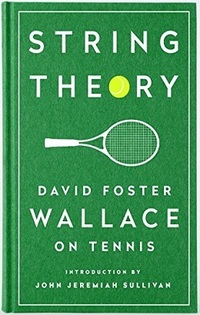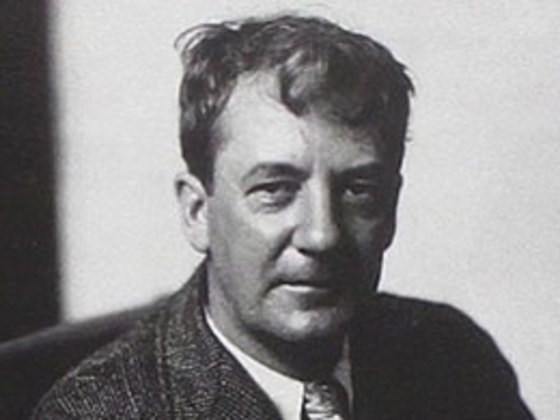
Out today from Library of America, String Theory: David Foster Wallace on Tennis collects all five of the writer’s celebrated tennis essays in one hardcover volume for the first time, along with a new introduction by John Jeremiah Sullivan.

The book has been riding a groundswell of acclaim ahead of publication, with advance praise coming from both sports and literary outlets. Postgame hails these pieces as “some of the greatest and most innovative magazine writing in recent memory,” while Men’s Journal writes that Wallace “showed the specialness of a sport that is all too easy to describe with clichés.” For Touré, writing in Town and Country, Wallace’s 2006 profile of Roger Federer “reveals awe-inspiring strokes of genius as beautiful as any superhuman maneuver pulled off by a transcendent athlete.” Continuing the sports metaphor, The Buffalo News calls it “nothing short of delightful, like a ball streaking off a racquet’s sweet spot for a winner.”
Several of Wallace’s tennis pieces have attained classic status in the years since they originally appeared, as Esquire Classic acknowledged when it recently devoted an entire podcast to the essay “Tennis Player Michael Joyce’s Professional Artistry as a Paradigm of Certain Stuff about Choice, Freedom, Limitation, Joy, Grotesquerie, and Human Completeness,” which originally ran in the July 1996 issue of Esquire magazine under the title “The String Theory.” Podcast host David Brancaccio calls it “one of the strangest and most exhilarating pieces of sports journalism I’ve ever seen.” Wallace fans may particularly enjoy Brancaccio’s analysis, with current Esquire editor in chief David Granger, of how many sportswriting conventions Wallace successfully flouts in the work. Listen below:



